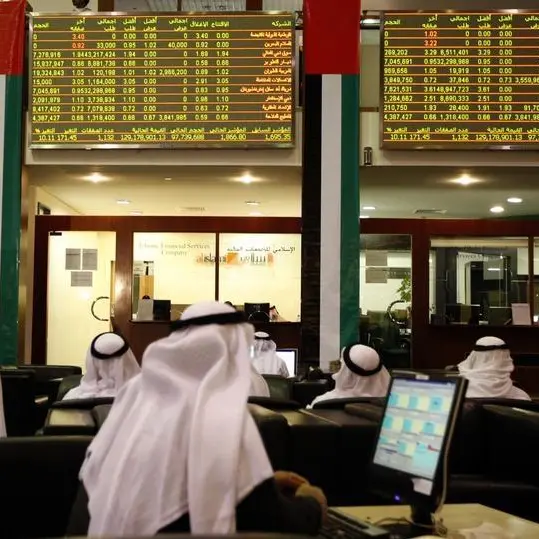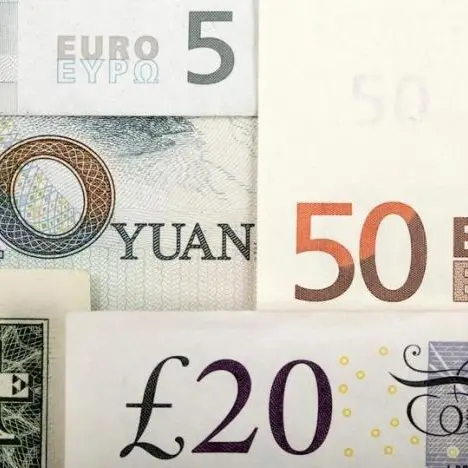PHOTO
NEW YORK - U.S. oil prices were 5% higher while Brent crude rose above $26 per barrel on Friday, with both benchmarks posting their first weekly gain in four weeks as OPEC and its allies embark on record output cuts to tackle a supply glut due to the coronavirus crisis.
In April, U.S. crude fell to an all-time low and traded negative for the first time on record while Brent hit a near-21-year low as the pandemic eroded demand and OPEC and other producers ramped up production before reaching the new supply deal that kicked in on Friday.
Brent futures for July eased 4 cents, or 0.2%, to settle at $26.44 per barrel. The June contract expired on Thursday at $25.27.
U.S. West Texas Intermediate crude (WTI) CLc1 ended the session 94 cents, or 5% higher, at $19.78 after climbing above $20 earlier in the session.
After three consecutive weeks of losses, Brent crude notched a gain of about 23% while WTI increased about 17%.
WTI also found support after U.S. energy firms cut oil rigs for a seventh week in a row, bringing the total count down to 325, the lowest since June 2016, energy services firm Baker Hughes Co said.
The Organization of the Petroleum Exporting Countries, Russia and other producers, known as OPEC+, have agreed to cut output by 9.7 million barrels per day from May 1.
Several countries and regions, including China's central province of Hubei, where the novel coronavirus behind the pandemic was first detected, are relaxing lockdowns put in place to contain the virus.
"Global petroleum stock builds likely peaked in April as oil demand contracted by nearly 25 million bpd year-over-year," according to a BofA Global Research report.
"Now, countries are emerging from lockdown, boosting demand just when OPEC+ cuts are kicking in and producers elsewhere are cutting output."
Even so, there are doubts the production reduction, the largest ever agreed, will be enough as demand is unlikely to recover rapidly.
"The production cuts are finally kicking in," said Craig Erlam, analyst at brokerage OANDA. "Prices are still extremely low though and the next two weeks will likely see extreme volatility return."
A Reuters survey on Thursday showed that in advance of the new output cut, OPEC sharply raised production to the highest since March 2019, adding to the excess supply already in the market.
"The demand recovery will be a muted affair," said Stephen Brennock of oil broker PVM. "What's more, OPEC+ curbs which take effect today will be no panacea for the hefty supply imbalance."
Underlining the difficulties some producers will face in meeting their commitments, industry sources said Iraq would struggle to meet its quota of cutting output by nearly a quarter. Iraq is OPEC's second-largest producer.
Also supporting oil prices, the U.S. Energy Information Administration said on Wednesday crude inventories rose by 9 million barrels last week, less than the 10.6 million-barrel rise analysts had forecast. EIA/S
"This is a second straight week of inventory and product demand figures suggesting a bottoming of the U.S. market," said Stephen Innes, chief market strategist at AxiCorp.
(Additional reporting by Alex Lawler, Aaron Sheldrick; Editing by Marguerita Choy and David Clarke) ((devika.kumar@thomsonreuters.com; +1 646 223 6059; Reuters Messaging: devika.kumar.thomsonreuters.com@reuters.net))












